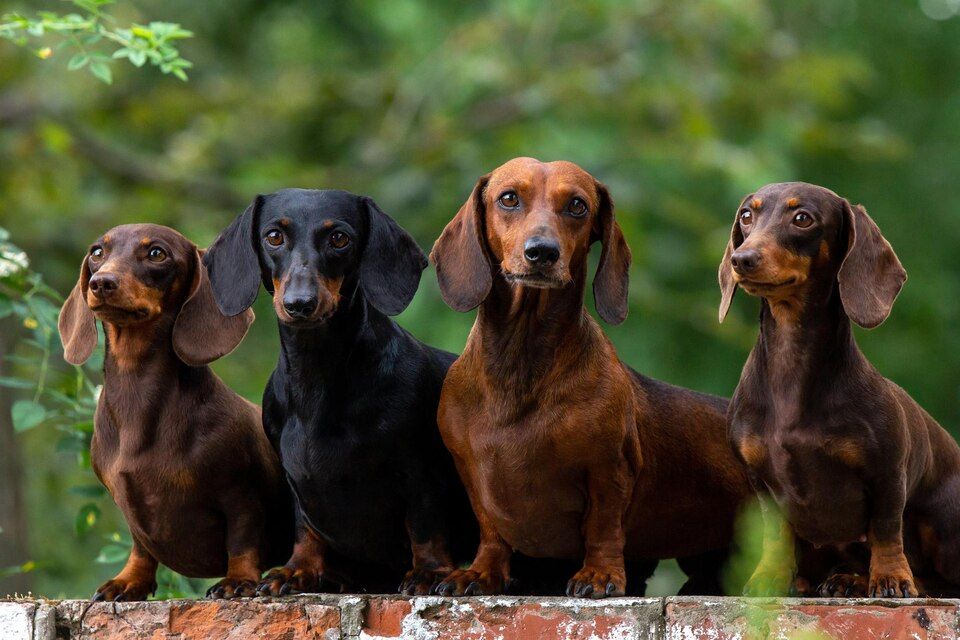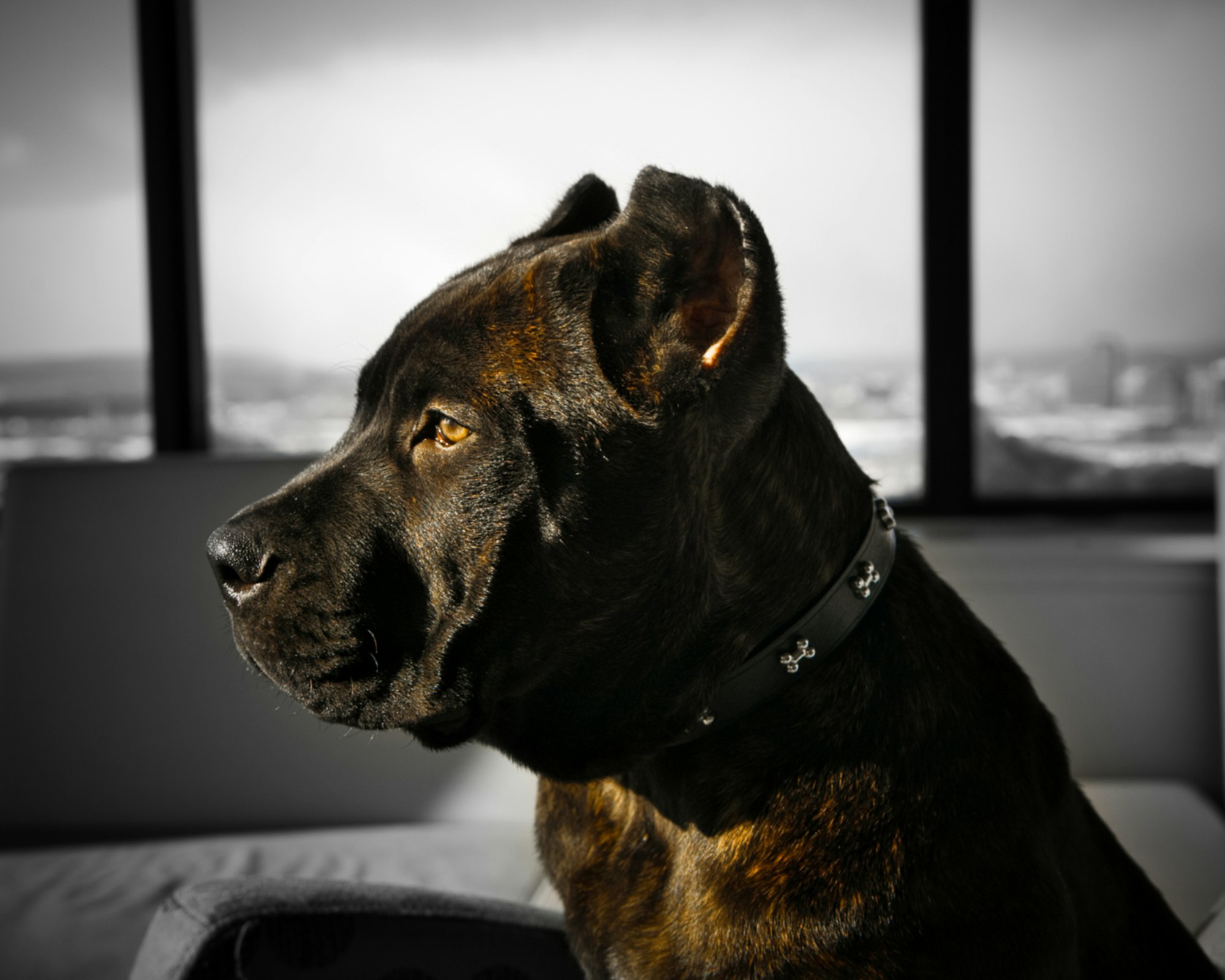The long-haired German Shepherd is a stunning and majestic breed of dog that has become increasingly popular in recent years. Known for their striking appearance and loyal temperament, these dogs are a favorite among pet owners and breeders alike. With their thick, flowing coats and powerful builds, they are truly a sight to behold.
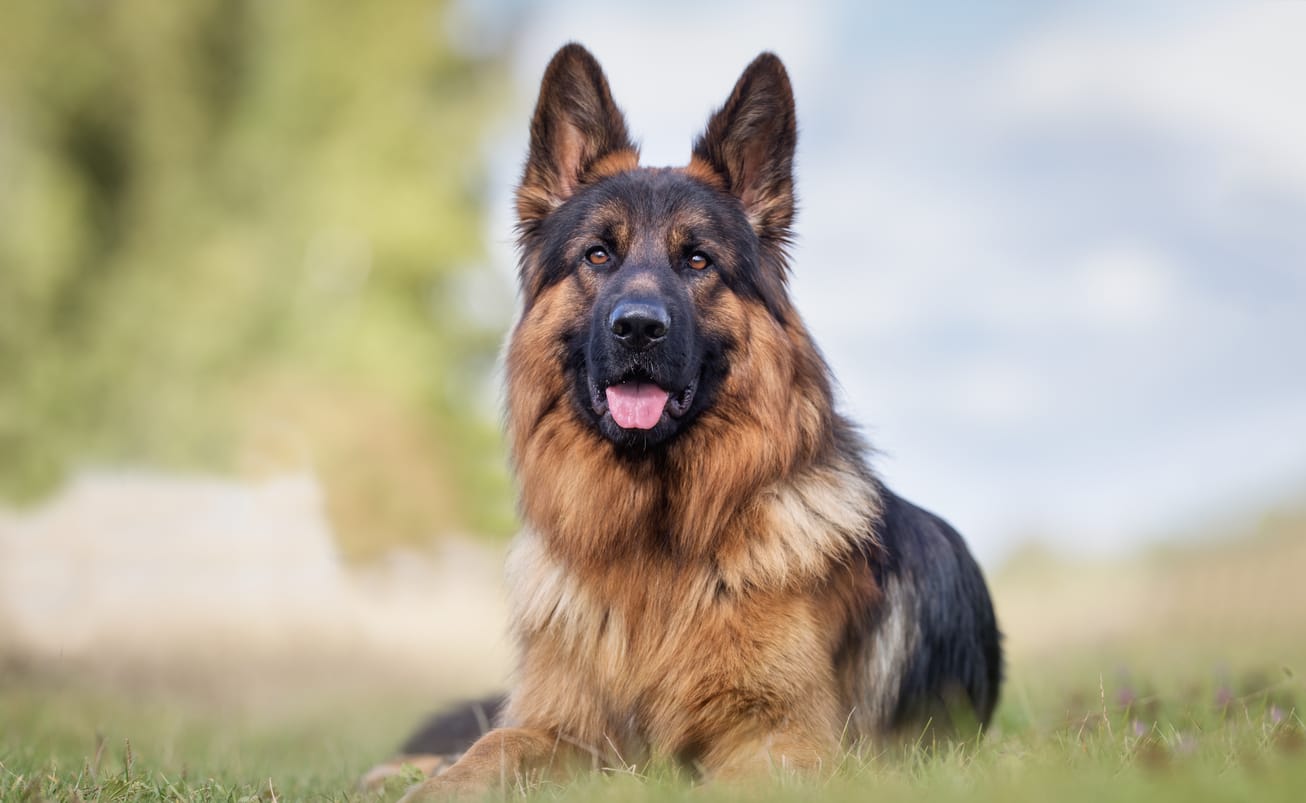
One of the most distinctive features of the long-haired German Shepherd is, of course, their coat. Unlike their short-haired counterparts, these dogs have a luxurious, flowing mane that requires a bit more maintenance and care. However, for those who are willing to put in the effort, the results are well worth it. Not only do these dogs look stunning, but their coats also provide added protection against the elements and can help keep them warm in cooler weather.
Overall, the long-haired German Shepherd is a fascinating and captivating breed that is sure to steal the hearts of anyone who meets them. Whether you are looking for a loyal companion or a show-stopping addition to your breeding program, these dogs are worth considering.

Breed Overview
The Long-Haired German Shepherd is a breed of dog that is known for its striking appearance and loyal personality. This breed is a variation of the German Shepherd, with a longer and thicker coat that gives it a unique look.
History of the Breed
The German Shepherd breed was developed in Germany in the 19th century by Max von Stephanitz. He aimed to create a versatile working dog that could excel at various tasks such as herding, guarding, and search and rescue. The breed gained popularity in Germany and was eventually brought to other parts of the world.
The Long Haired German Shepherd is a variation of the German Shepherd that has been around for many years. While not as popular as the traditional short-haired German Shepherd, the long-haired variety has gained a following among breed enthusiasts.
Breed Standard
The Long-Haired German Shepherd is recognized by various kennel clubs, including the American Kennel Club (AKC) and the German Shepherd Dog Club of America (GSDCA). The breed standard for the Long Haired German Shepherd is similar to that of the traditional German Shepherd, with a few notable differences.
One of the main differences is the coat of the Long-Haired German Shepherd, which is longer and thicker than the traditional short-haired variety. The coat can be black, sable, or a combination of the two. The breed standard also requires the dog to have a strong, muscular body and a confident, intelligent demeanor.
Therefore, the Long Haired German Shepherd is a beautiful and loyal breed that makes an excellent companion for those who are willing to put in the time and effort to train and care for them properly.
Physical Characteristics
Long-haired German Shepherds are known for their striking appearance and distinctive coat. They have a double coat, consisting of a dense undercoat and a longer outer coat. The long hair on the outer coat is soft and silky and often flows in waves. This breed is available in a variety of colors, including black and tan, sable, black and silver, red and black, and black and red.
Coat and Colors
The long hair on a German Shepherd's coat is a result of a recessive gene. This gene causes the hair to grow longer than usual, giving the dog a unique appearance. The long hair is typically found on the tail, back, and legs of the dog. The coat can vary in length, with some dogs having hair that reaches down to their paws.
Long-haired German Shepherds are available in a range of colors, with black and tan being the most common. Sable is another popular color, with a range of shades from light to dark. Black and silver, red and black, and black and red are also available. Some dogs may have a combination of two or more colors on their coat.
Size and Weight
Long-haired German Shepherds are a large breed, with males typically weighing between 65 to 90 pounds and standing 24 to 26 inches tall at the shoulder. Females are slightly smaller, weighing between 50 to 70 pounds and standing 22 to 24 inches tall at the shoulder. The breed is muscular and athletic, with a strong and agile build.
Hence, the long-haired German Shepherd is a stunning breed with a distinctive appearance. Their long hair and range of colors make them stand out from other breeds. Their size and weight make them a formidable presence, while their athleticism and agility make them excellent working dogs.
Temperament and Personality
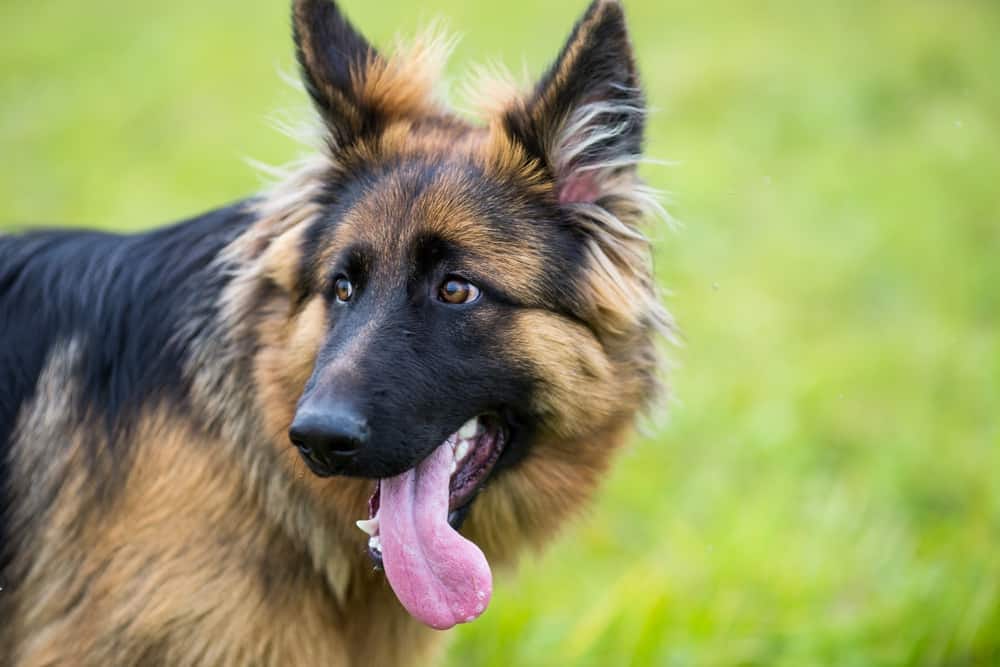
German Shepherds are known for their intelligence, loyalty, and courage. The long-haired variety of the breed is no exception. They are affectionate and energetic, making them great working and herding dogs. In this section, we will explore the temperament and personality of the long-haired German Shepherd.
Behavior with Families and Children
Long-haired German Shepherds make great family pets. They are loyal and affectionate, and they love to be around their human family. They are also great with children, as they are patient and gentle. However, it is crucial to supervise interactions between children and dogs to ensure that both are safe.
Interaction with Other Animals
Long-haired German Shepherds can coexist with other pets, but they may need to be socialized from a young age. They have a strong herding instinct, so they may try to herd other pets in the household. However, with proper training and socialization, they can learn to coexist peacefully with other animals.
Thus, the long-haired German Shepherd has a great temperament and personality. They are intelligent, loyal, and affectionate, making them great family pets.
Health and Care
Common Health Issues
Like any other dog breed, the Long-Haired German Shepherd is prone to specific health issues. Some of the most common ones include elbow dysplasia, hip dysplasia, bloat, and degenerative myelopathy. These health issues can be prevented or managed with proper care and attention.
Hip and elbow dysplasia are genetic conditions that affect the joints of the dog. To prevent these conditions, it is critical to choose a reputable breeder who conducts health checks and screening tests on their breeding dogs. Bloat is a condition where the stomach twists, and it can be life-threatening if not treated immediately. To prevent bloat, it is recommended to feed the dog smaller, more frequent meals and avoid exercising them immediately after meals.
Grooming Needs
The Long-Haired German Shepherd has a thick undercoat and a long, dense topcoat that requires regular grooming to prevent tangles and mats. Brushing the dog's coat at least once a week is recommended, but during shedding season, daily brushing may be necessary. Bathing the dog every few months is also recommended to keep their coat clean and healthy.
Diet and Nutrition
A Long-Haired German Shepherd's diet should consist of high-quality dog food that is appropriate for their age, size, and energy level. It is necessary to feed the dog a balanced diet that includes protein, carbohydrates, fats, vitamins, and minerals. Overfeeding the dog can lead to obesity, which can cause health problems such as joint pain and heart disease. It is also significant to provide the dog with fresh water at all times.
Training and Exercise
Training Techniques
Long-haired German Shepherds are highly intelligent and trainable dogs. They are known for their work-oriented and high-energy nature, making them ideal for police and service dog work. When it comes to training, positive reinforcement techniques are highly recommended. This involves rewarding good behavior with treats, praise, or playtime. These methods have been proven to be effective in training dogs and are a great way to build a strong bond between the dog and its owner.
Obedience training is an essential aspect of training long-haired German Shepherds. It involves teaching the dog basic commands such as sit, stay, come, and heel. It is important to start obedience training at an early age, as this will help the dog develop good habits and become more responsive to commands. Consistency and patience are key when it comes to obedience training.
Socialization is also a vital part of training for long-haired German Shepherds. It involves exposing the dog to different people, animals, and environments. It supports the dog become more confident and well-rounded, which can help prevent behavioral issues in the future.
Fi GPS Tracking Dog Collar
Fi GPS tracking Dog Collar is ideal for helping keep your dog in the best shape. It enables you to track the dog's exertion levels and steps, which you can compare to other dogs of similar breeds within your neighborhood.
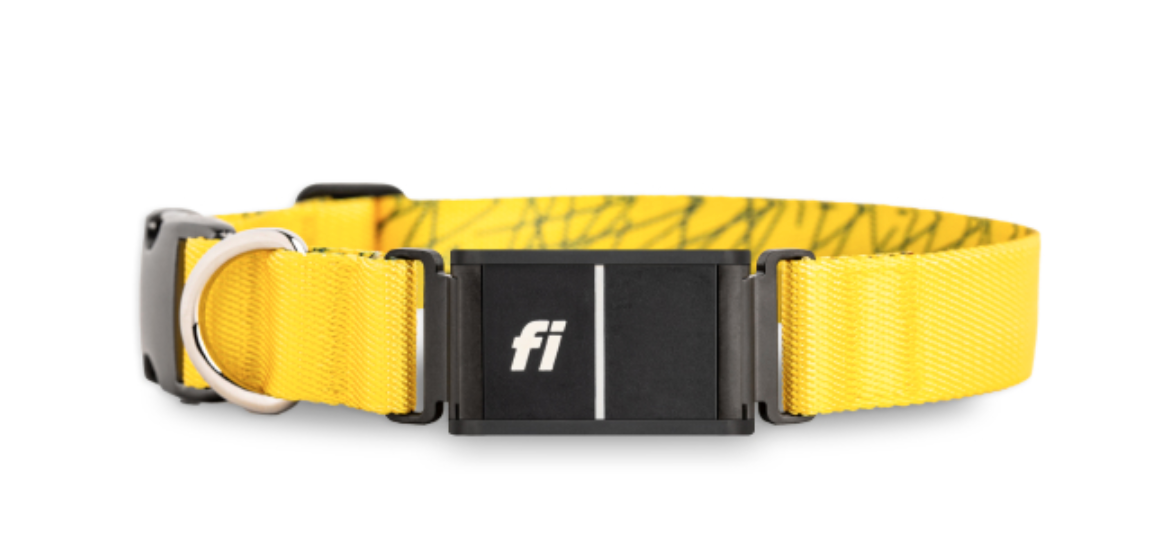
These tracking collars come in four core colors: pink, blue, gray, and yellow. They're a perfect fit for dogs whose neck sizes range between 11.5 and 34.5 inches. With its GPRS tracking feature, you'll instantly get a phone alert if your pup friend ever gets out unexpectedly.
Exercise Requirements
Long-haired German Shepherds are a working breed and require a lot of exercise to stay healthy and happy. They have a high energy level and need plenty of physical and mental stimulation. Daily walks, runs, and playtime are essential for keeping them in good shape.
In addition to regular exercise, long-haired German Shepherds also benefit from work-oriented activities. These dogs love to work and thrive on tasks such as herding, tracking, and obedience work. Providing them with the possibility to use their natural instincts can help keep them mentally and physically stimulated.
Therefore, training and exercise are essential for keeping long-haired German Shepherds healthy, happy, and well-behaved.
Breeding and Genetics
Genetic Traits
Long-haired German Shepherds are a result of recessive genes that are inherited from both parents. These genes determine the length and texture of the dog's coat. Breeding a long-haired German Shepherd with another long-haired German Shepherd can result in puppies with long hair. However, breeding a long-haired German Shepherd with a short-haired German Shepherd can result in a mix of puppies with both long and short hair.
Finding a Breeder
When looking for a breeder for a long-haired German Shepherd puppy, it is necessary to do your research. Avoid puppy mills, as they often prioritize profit over the health and well-being of the dogs. Instead, look for reputable breeders who prioritize the health and temperament of their dogs.
A good breeder will be knowledgeable about the breed and will be able to provide information about the puppy's parents, including their health history and genetic testing.
Adoption and Cost
Where to Adopt
Long-haired German Shepherds can be adopted from various sources, including animal shelters, rescue organizations, and breeders. Animal shelters and rescue organizations are often good places to start, as they provide an opportunity to give a loving home to a dog in need.
It is recommended to do some research on the organization or shelter before adopting, to ensure that they are reputable and provide adequate care for their animals. Some organizations may have specific requirements for adoption, such as a home visit or an application process.
Price Considerations
The cost of adopting a long-haired German Shepherd can vary depending on the source. Adoption fees from animal shelters and rescue organizations are generally lower than those from breeders.
Breeders may charge more for a long-haired German Shepherd due to the rarity of the breed, but it is crucial to ensure that the breeder is reputable and provides proper care for their dogs. It is also recommended to ask for health clearances and genetic testing to ensure that the dog is healthy and free from any genetic disorders.
Thus, adopting a long-haired German Shepherd can be a rewarding experience for those looking for a loyal and affectionate companion. It is required to do research and consider all factors before deciding to adopt.

Cultural Impact
German Shepherds in Popular Culture
The long-haired German Shepherd has made its mark in popular culture, appearing in movies, TV shows, and books. One of the most famous German Shepherds in movies is Rin Tin Tin, who appeared in over 20 films in the 1920s and 1930s. More recently, the breed was featured in the hit TV show "Homeland," where a German Shepherd named Max played a vital role as a service dog. German Shepherds have also been featured in books, such as "The Call of the Wild" by Jack London.
Breed Representation in Dog Shows
German Shepherds are a popular breed in dog shows, particularly in the United States. They are known for their intelligence, loyalty, and strength, which make them ideal for various tasks. German Shepherds are often used as service dogs, police dogs, and search and rescue dogs. In dog shows, the breed is judged based on its conformation to breed standards, which includes factors such as size, coat color, and gait.
German Shepherds have been a popular breed for over a century, and their cultural impact is undeniable. Whether as movie stars, service dogs, or show dogs, German Shepherds have proven their worth and loyalty to humans time and time again.
Conclusion
Long-haired German Shepherds embody the best grades of their breed – intelligence, faithfulness, and versatility – while adding an extra touch of elegance with their elegant coats. Whether as devoted family companions, working dogs, or faithful guardians, these majestic canines leave an indelible mark on the hearts of their owners.
